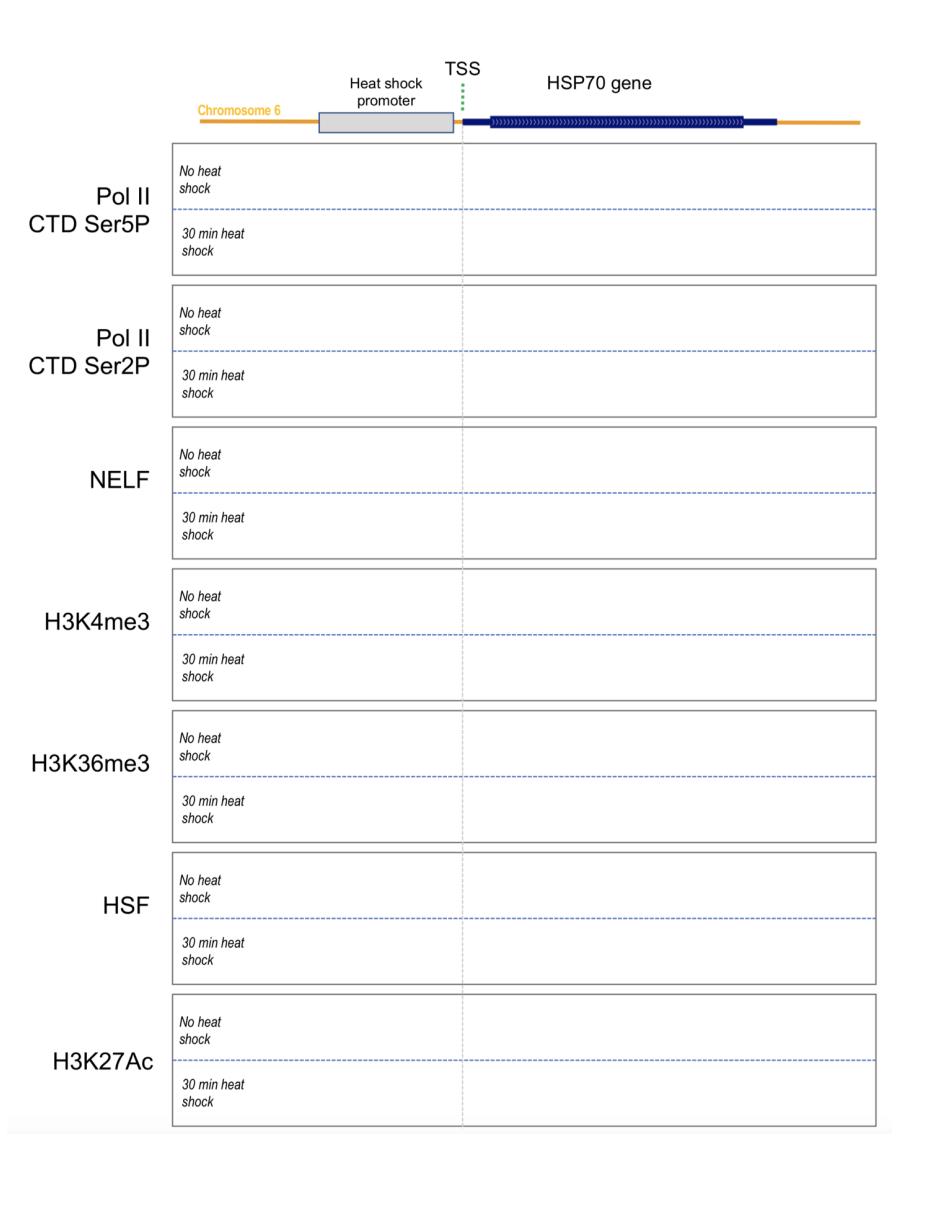Question
Chromatin immunoprecipitation (ChIP) is the method of choice for studying molecular mechanisms involved in regulation of transcription, because it can interrogate protein factors, whether modified
Chromatin immunoprecipitation (ChIP) is the method of choice for studying molecular mechanisms involved in regulation of transcription, because it can interrogate protein factors, whether modified or unmodified, bound on specific DNA sequences. The method is described in our textbook on page 112, but we have described it also in class in multiple occasions. In the simplest application, DNA extracted from chromatin after immunoprecipitation for a specific transcription factor (or any DNA-binding protein) is subjected to PCR for the detection of a specific sequence. In the most recent, high through put version of it, the entire collection of the DNA fragments crosslinked on a DNAbinding protein is subjected to deep sequencing for the acquisition of genome-wide views of DNA sequences bound by the protein in question. ChIP-Seq generates DNA binding profiles such as those shown in slide 14 in our last lecture; these profiles are essentially the sum of all the small DNA fragments bound on the immunoprecipitated protein and sequenced by Illumina deep sequencing, which show peaks forming around the protein binding site on the genome. You are studying the transcriptional activation of a heat shock protein gene (HSP70).
You culture and collect cells in normal conditions and you also collect cells after 30 minutes of heat shock, crosslink and then isolate the chromatin fraction and perform ChIP-Seq experiments for the proteins and specific protein modifications shown below. Having in mind what we described in the last three lectures, and also lecture 8 where we mentioned specific pol II modifications associated with initiation and elongation, draw in the boxes below, the profiles of ChIP-Seq densities for the indicated factors within the heat shock protein gene locus, for the two indicated conditions (no heat shock, 30 min after heat shock).

Pol II CTD Ser5P Pol II CTD Ser2P NELF H3K4me3 H3K36me3 HSF H3K27Ac Chromosome 6 No heat shock 30 min heat shock No heat shock 30 min heat shock No heat shock 30 min heat shock No heat shock 30 min heat shock No heat shock 30 min heat shock No heat shock 30 min heat shock No heat shock 30 min heat shock Heat shock promoter TSS HSP70 gene 333333333333333333333333333333333
Step by Step Solution
3.46 Rating (159 Votes )
There are 3 Steps involved in it
Step: 1
Answer 1 Chromatin immunoprecipitation ChIP is used to study the molecular mechanisms involved in the regulation of transcription It is a technique th...
Get Instant Access to Expert-Tailored Solutions
See step-by-step solutions with expert insights and AI powered tools for academic success
Step: 2

Step: 3

Ace Your Homework with AI
Get the answers you need in no time with our AI-driven, step-by-step assistance
Get Started


